Note
Hello! I just wanted to thank you again for your thoughts on Wingmen and also for the essay by Eric Patterson which was very interesting, especially on the literary context in terms of war novels, which I am not familiar with! Although I definitely prefer your more nuanced reading re Duane Higgins, which makes sense of Case's style. But anyway, my inevitable ask is about echoes of 'The Charioteer' - I assume Case was aware of it and perhaps wanted to do something similar and cover ground that Renault couldn't, using his own experiences. I wondered if you had any thoughts on that? I thought I spotted one very deliberate reference apart from the hand injury in the form of that eyebrow scar. And it if this question doesn't resonate, please feel free to answer a different one!
Hello again!
I don't know if you had the opportunity to read it, but Case wrote a letter responding to Patterson's essay. He talks a little about his writing journey and The Last Tallyho, the novel that (contrastingly) inspired him to create Wingmen. Some Wingmen reviews also compared it to From Here to Eternity. I think what he wanted to do was insert worthy gay characters into the “traditional” war novel model; or, as a literary critic succinctly wrote: "the book reads like postwar fiction of the 1950s, but with a discreet gay affair that does eventually inspire a late dramatic turn of events." So Case wrote military fiction (his only other published novel follows a similar pattern), and I think The Charioteer — despite being set in the same period and also featuring gay military officers — deliberately aims to offer another kind of literary perspective.
But then again, Mary Renault was a known name among gay readers in the 1970s, and you know TC and its subtleties better than me. It's entirely possible Case knew some of her works. Unfortunately, information about Case is scarce, and I have failed in trying to discover his whereabouts (I do know "Ensan Case" is a pen name).
Anyway, I enjoy drawing parallels between Laurie Odell and Fred Trusteau. Both are bright young men who are very loyal to those close to them. I think that, unlike Laurie, Fred is willing to keep up appearances to assure social acceptance; he's more ambitious. Even when Jack becomes his absolute priority, this personality trait never completely disappears. At some point in the 1950s/60s, I can see Laurie being partially open about his sexuality, while Fred is still "waiting for the right lady." And I can imagine them being friends!
2 notes
·
View notes
Photo

Glyn Warren Philpot (1884 - 1937) The Skyscraper
184 notes
·
View notes
Text
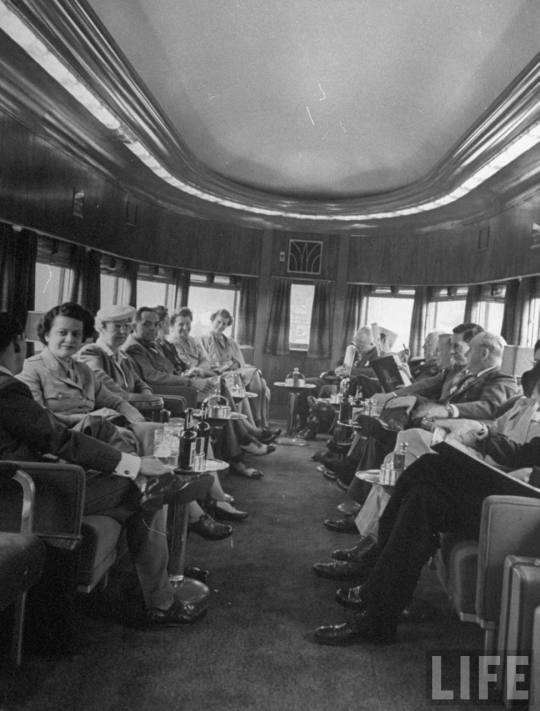
Lounge car on the Santa Fe El Capitan
(Sam Shere. 1945)
30 notes
·
View notes
Text


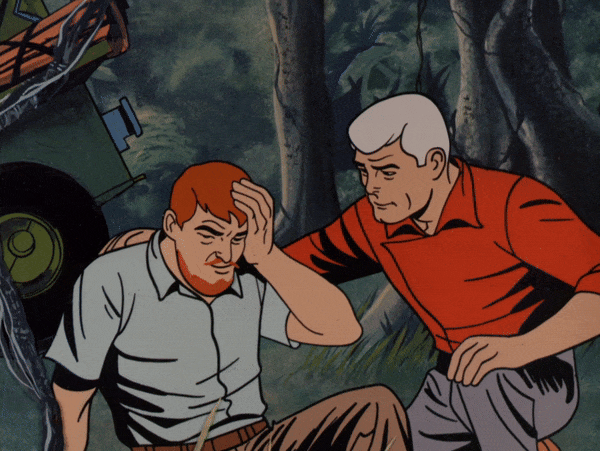
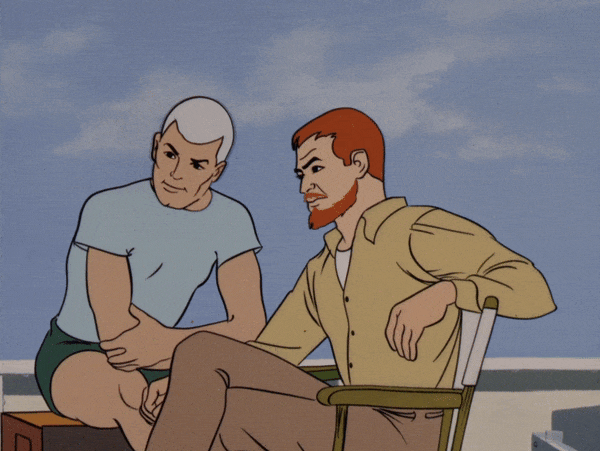


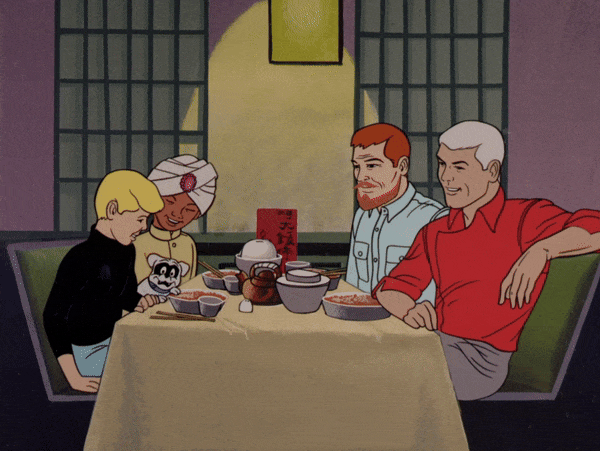
Dr. Benton Quest and Roger "Race" Bannon in Jonny Quest (1964–65)
[ Part 1 / Part 2 ]
#jonny quest#benton quest#race bannon#hanna barbera#my gifs#tvedit#cartoonedit#animationsdaily#animationsource#animationedit#dailyanimatedgifs#gifset#gifs#gif#tvfilmsource#retrotvblr#throwbackblr#60sedit#60s#1960s
11 notes
·
View notes
Text
The Golden Age of Radio, ep. 01
Tesla did invent the wireless radio that he held a public demonstration in 1893, but an Italian inventor named Guglielmo Marconi believed communication could happen through radio waves using what he called “telegraphy without wires” and he proved it in 1865 by sending and receiving a radio signal by Morse code. His intention was to use wireless communication to contact ships and he wanted to broaden his reach by transmitting waves across the Atlantic on December 12, 1901. There are historians that say Marconi stole the radio from Tesla, but regardless, he did invent radio waves and he was the first to send communication which he is credited as the father of radio.
After much work to perfect wireless communication, ships were outfitted with radios that proved beneficial when sailing the seas. The Titanic used radio to send distress signals to nearby vessels for aid, and though too many passengers lost their lives, many were indeed saved.
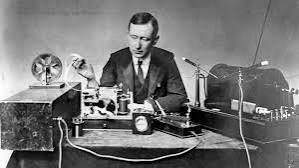
Marconi revolutionized radio communications. The first recorded radio broadcast happened in 1906 on Christmas Eve. Canadian Reginald Fessenden, also named father of radio, worked with Edison in New Jersey for years to improve radio waves by transmitting sound like human voices and he proved it accomplishable with the first audible broadcast on Christmas Eve. Fessenden introduced the small ensemble playing Christmas tunes and he would end the show, “Goodnight to all.”
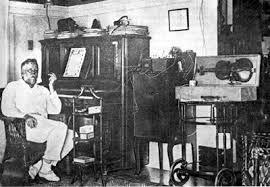

January 13, 1910 was the first live public broadcast from the Metropolitan Opera House in New York. Radio communication proved effective in World War I, but a decade later in 1920 marked a historical event when Pittsburgh station KDKA aired the first commercial broadcast in America on Election Day, November 2, to announce the results of the Harding and Cox. The success of the broadcast inspired other stations to start their own broadcast programs, and thus, this paved the road for the Golden Age of Radio in America.
In the 1920’s, From 1930 through to the 1940’s commercial radio programs aired with programs that entertained families in the privacy of their homes. The function of radios wasn’t limited to homes, but also on battlefields, in the air, and on the seas in both World Wars I and II.
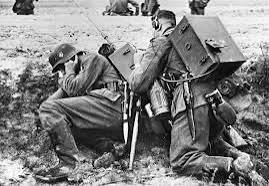

Radio programs allowed its audiences to visualize performances and favorites brought families together to enjoy their favorites: The Jack Benny Program, Amos ‘n’ Andy, Dick Tracy, Burns and Allen… a few of so many. RCA - later became NBC, CBS, and ABC were the biggest networks that contracted celebrities and their sponsors that were recorded in New York City or Hollywood. During the birth of television, shows would move from NYC to Hollywood as programs started to converge over from sound to sight.
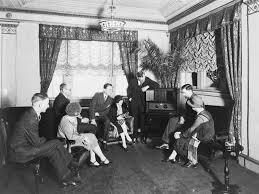
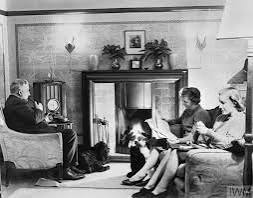
If ever you get an opportunity to listen to a radio program, do so with an open mind. You’ll be amazed between the difference. Until next time… aloha oe.
Photos: *BBC, Britannica, The Canadian Encyclopedia, Wikipedia, Getty Images
8 notes
·
View notes
Audio
Translation from the Greek
Hymn to Aristogeiton and Harmodius – Edgar Allan Poe
I
Wreathed in myrtle, my sword I’ll conceal
Like those champions devoted and brave,
When they plunged in the tyrant their steel,
And to Athens deliverance gave.
II
Beloved heroes! your deathless souls roam
In the joy breathing isles of the blest;
Where the mighty of old have their home–
Where Achilles and Diomed rest.
III
In fresh myrtle my blade I’ll entwine,
Like Harmodius, the gallant and good,
When he made at the tutelar shrine
A libation of Tyranny’s blood.
IV
Ye deliverers of Athens from shame!
Ye avengers of Liberty’s wrongs!
Endless ages shall cherish your fame,
Embalmed in their echoing songs!
10 notes
·
View notes
Text



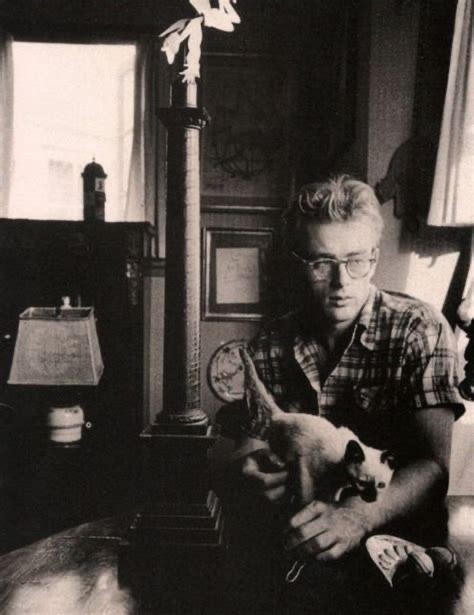

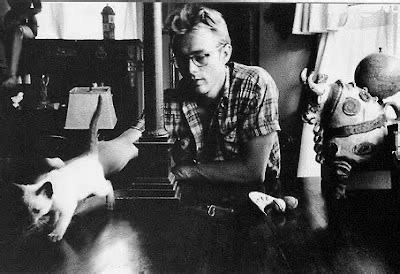
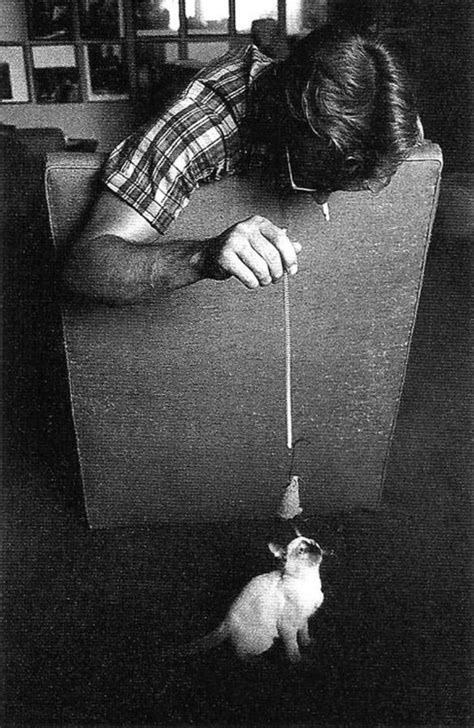
James Dean with Marcus, the kitten given to him by Elizabeth Taylor (1950s)
54 notes
·
View notes
Text

John Collier (English, 1850-1934)
The Sleeping Beauty
3K notes
·
View notes
Text

Men napping, Sweden, 1950
83 notes
·
View notes
Text
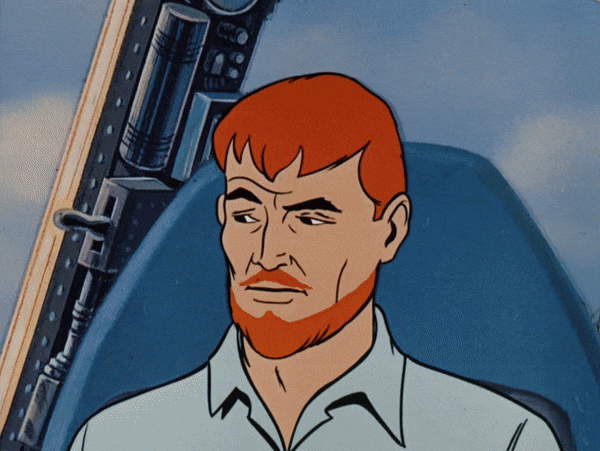
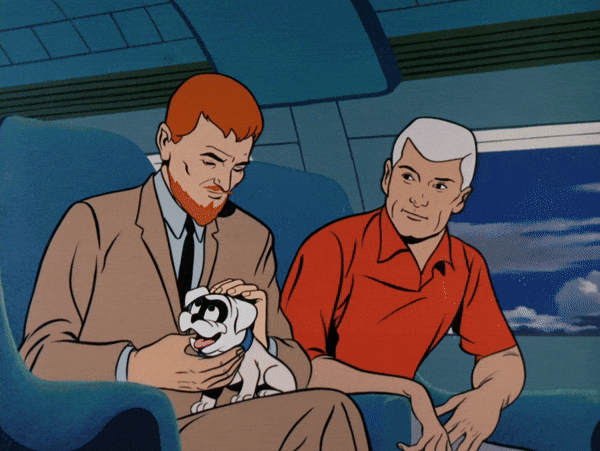

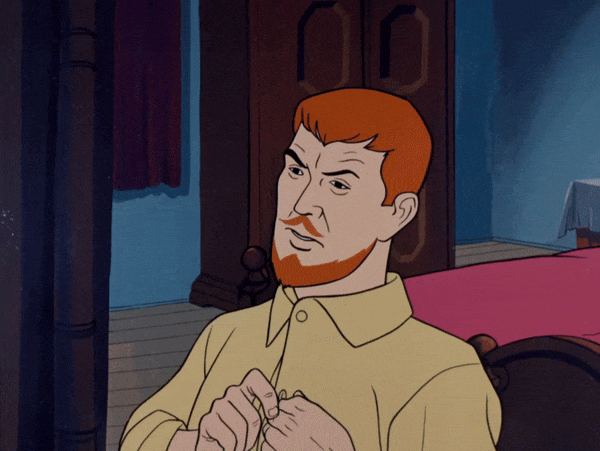
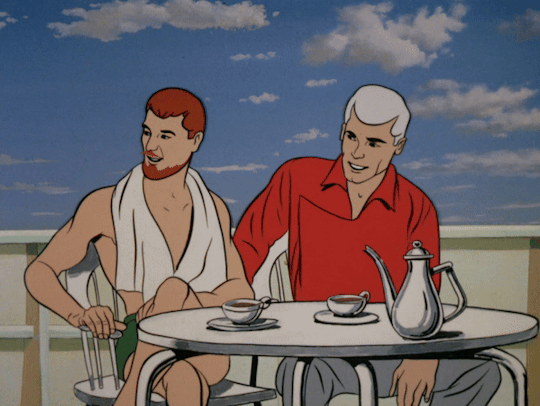
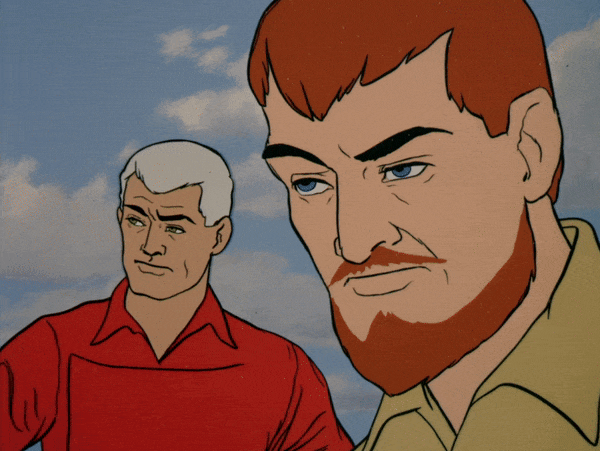
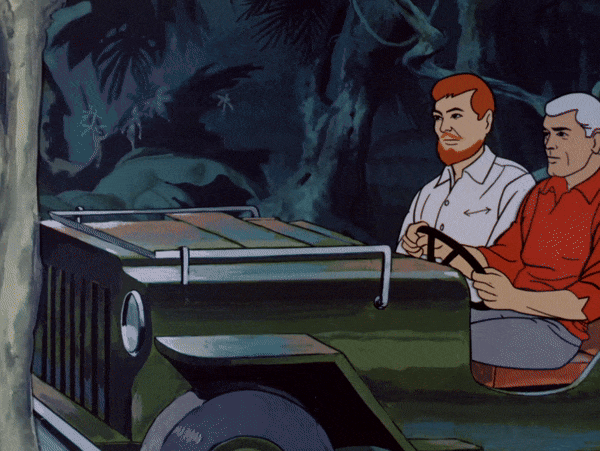
Dr. Benton Quest and Roger "Race" Bannon in Jonny Quest (1964–65)
[ Part 1 / Part 2 ]
#jonny quest#benton quest#race bannon#hanna barbera#my gifs#tvedit#cartoonedit#animationsdaily#animationsource#animationedit#dailyanimatedgifs#gifset#gifs#gif#tvfilmsource#retrotvblr#throwbackblr#60sedit#60s#1960s
127 notes
·
View notes
Text
The exact place of Plato's grave in the Academy in Athens has been discovered: The philosopher was laid to rest in his private garden near the Mouseion, according to Philodemus of Gadara (100 - 40 BCE).
The Herculaneum papyri known as PHerc 1691/1021 and PHerc 164 are part of the only surviving library of Antiquity, the library at the Villa of the Papyri, and our most important source on the history of The Academy.

8 notes
·
View notes
Photo

23 notes
·
View notes
Photo




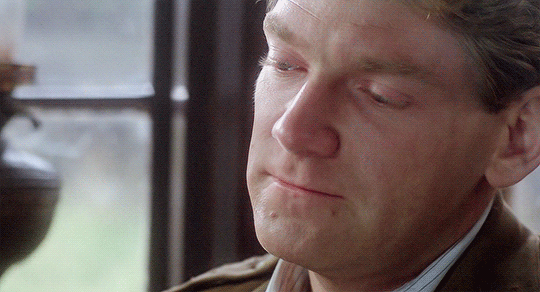
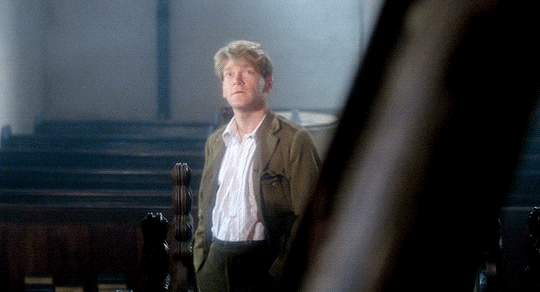

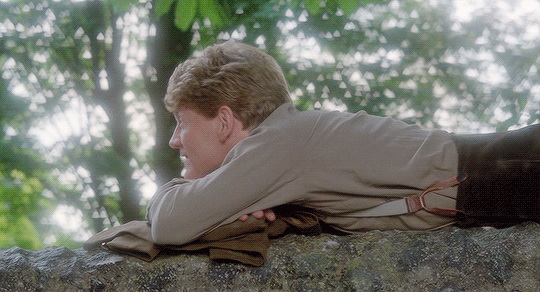
Kenneth Branagh in A Month in the Country (1987) dir. Pat O'Connor
175 notes
·
View notes
Note
I would really like to hear all your theories on Duane Higgins in Wingmen! I also find him an intriguing character 🤔
It all comes down to the notion that he was in love with Jack, but didn’t realize this.
Unlike Fred and Jack, he isn’t fully homosexual — maybe he's even mostly attracted to women. Gay men simply can’t be unaware of their nature, even when trying to repress it, because we’re attracted to only one gender. There's only one option. But the situation is more complicated when it comes to guys like Duane. He was raised and lived in a deeply heteronormative society, where the possibility of same-sex romance wasn’t even considered. So he never considered the possibility of being attracted to Jack, and was satisfied enough to be friends with him while pursuing women on the side. The text itself explains a little about the social rules that Jack and Duane, as two adult men, were expected to follow in their interactions:
"He figured he felt as deeply for Jack Hardigan as he did for any man or woman alive. He never considered using the word “love” to describe the emotion—love being what mothers felt for sons and vice versa, what occasionally fathers felt for sons, and what infrequently and with great caution one felt toward a younger member of the opposite sex."
[...] "the two had managed to hang together like husband and wife, or more accurately, like twin brothers."
"Despite the closeness between these two, they had not corresponded while they were apart. Attachment for another man is not something two grown men easily admit, so Duane was flabbergasted and secretly overjoyed when the orders came for his transfer to Jack’s squadron."
That all changed when Fred entered the scene, though. Yeah, Duane was envious of Fred’s accomplishments as a pilot, but that’s only part of the issue, the part he allowed himself to admit. He was mad. Mad at Jack for breaking the social rules of male behavior. Mad at Fred for (successfully) pursuing Jack and creating this whole situation. And, deep down, he was beginning to get mad at himself for never having had the courage to try anything with Jack when he had the chance to. Notice that, despite being obsessed with finding out the truth about their relationship, he never threatened Fred and Jack. He knew this could ruin Jack’s life, and he didn’t want that. He was just mad this was happening, and couldn’t stop thinking about the matter.
The character is a representative of this “grey area”/bisexual kind of man. How many of them are there? Most of them spend their entire lives defining themselves as nothing but straight, simply because that's the pattern. In a society more open to accepting different sexualities, like the Western world is starting to be, they could’ve had very different trajectories.
The epilogue raises other questions, too. Was Duane conflicted about the end of his marriage? And he certainly reflected on his feelings for Jack in the post-war years. Did he ever try to approach another man? Fred doesn’t expect to hear from Duane after the funeral, but that’s his (very biased) take. We know he never liked Duane. But what if he saw in Fred someone he could confide his hidden feelings?
By the way, thanks for all the questions. I never had the chance to discuss Wingmen before, so I’m very glad to reply!
4 notes
·
View notes
Text
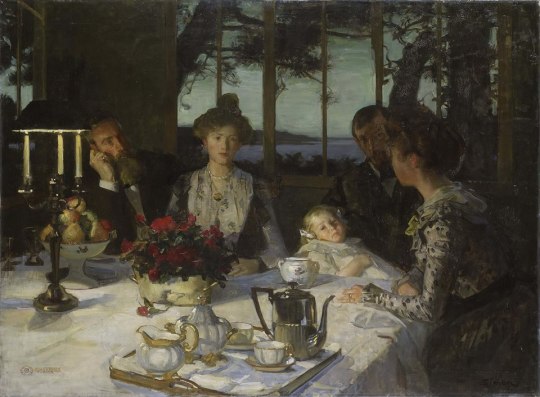
Lucien Simon (French, 1861–1945) - Talking in the Twilight
139 notes
·
View notes
Text
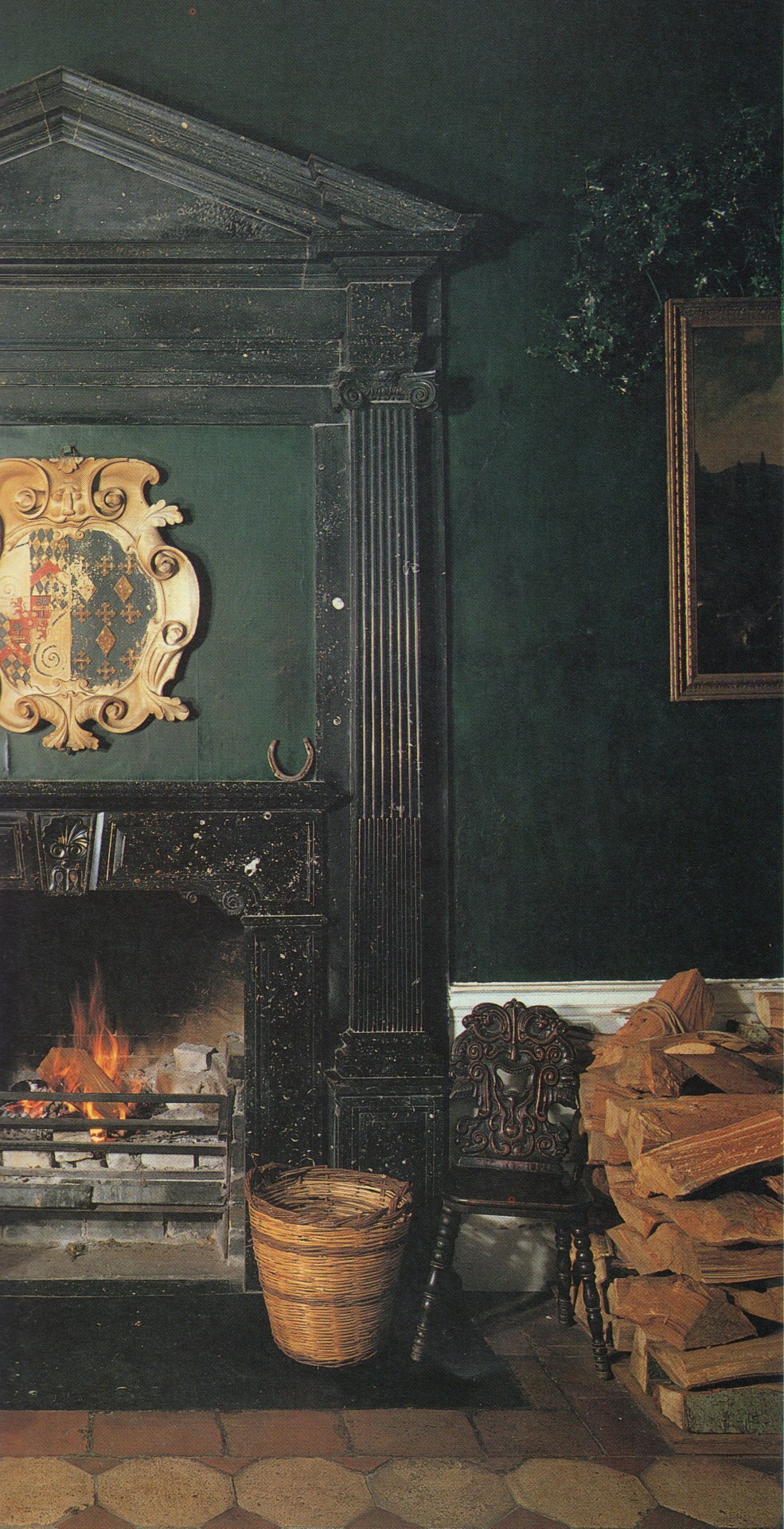
The pedimented mantel in the hall comes from Ardgillan in County Dublin and is made of Kilkenny marble. Combined with the arms of the Gorges family of County Meath, set within, it provides a focal point in the hall and a fine setting for the fire that burns continuously through the winter months.
In an Irish House, 1988
519 notes
·
View notes
Photo


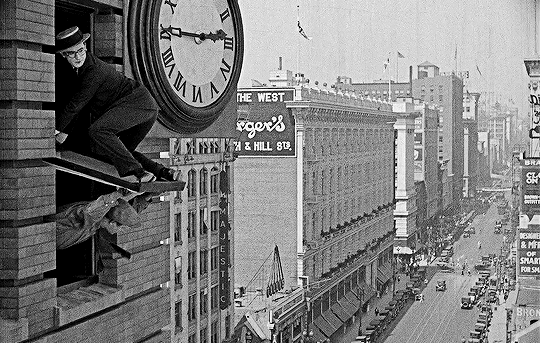




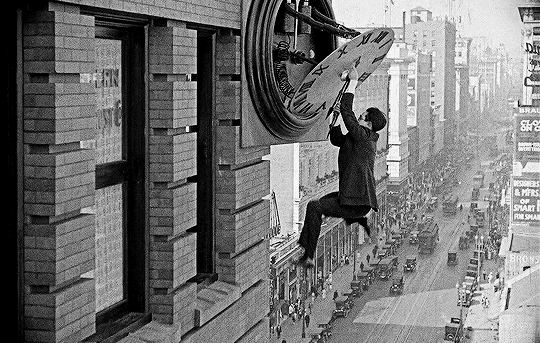
“Lloyd hanging from a giant clock on the corner of a building became an iconic image for him, but it was achieved with a certain amount of film trickery. Lloyd performed most of his own stuntwork, but a circus performer was used when The Boy hangs by a rope, and a stunt double was used in long shots. A number of different buildings from 1st Street to 9th Street in downtown Los Angeles, all of different heights, were used, with sets built on their roofs to match the facade of the main building, the International Bank Building at Temple and Spring Streets. In this way the illusion of Lloyd climbing higher and higher up the side of one building was created.”
Safety Last! (1923) dir. Fred C. Newmeyer & Sam Taylor
1K notes
·
View notes